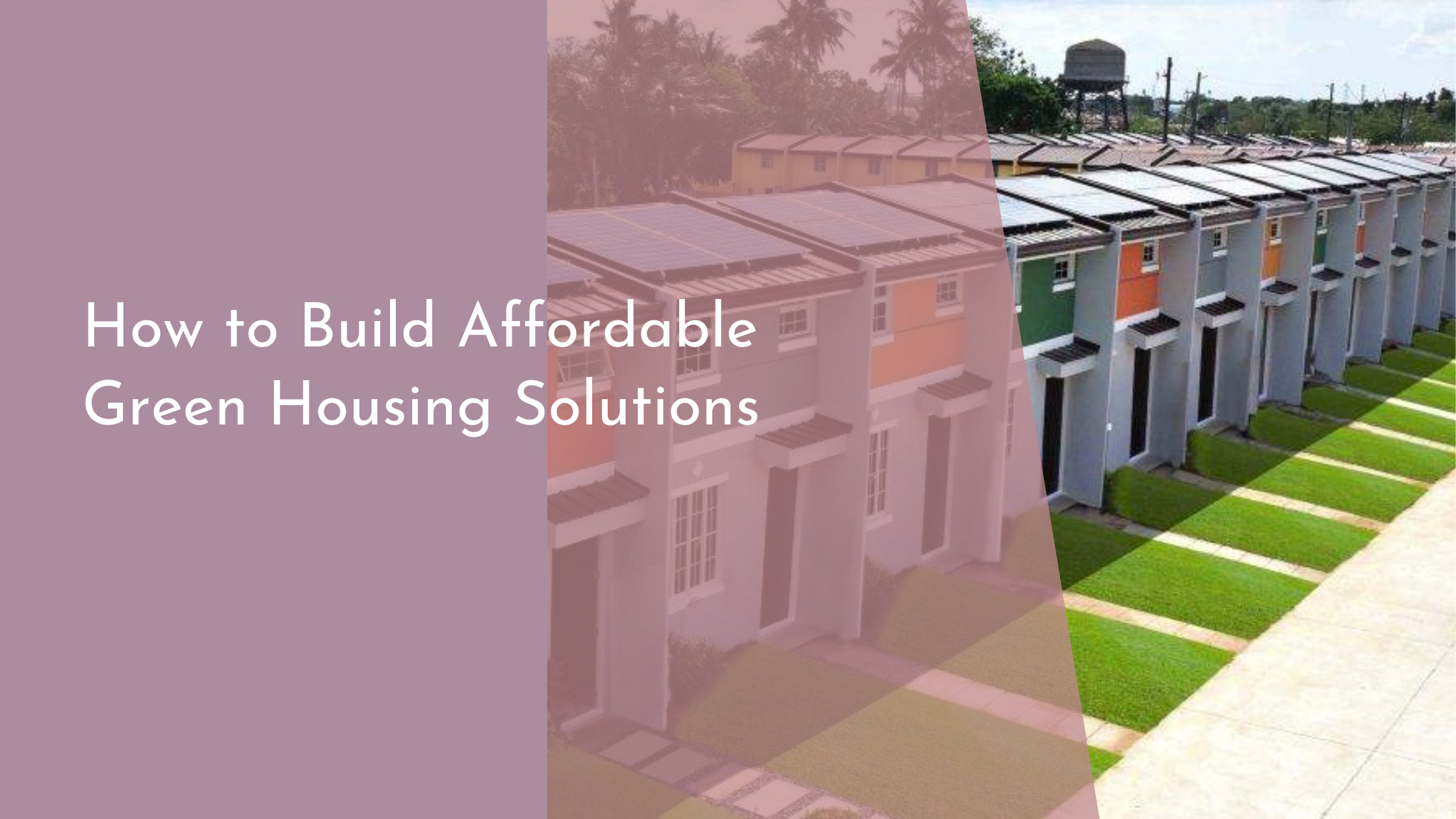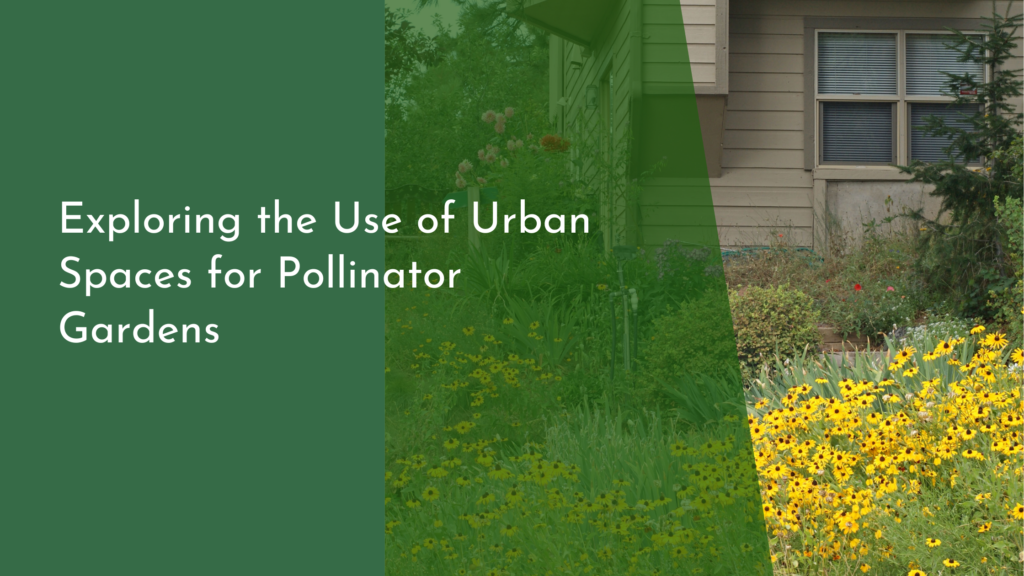How to Build Affordable Green Housing Solutions
In today’s rapidly changing world, the need for environmentally friendly and affordable housing solutions has never been more critical. As urban populations swell and the effects of climate change become more pronounced, green architecture offers a sustainable solution that meets ecological and economic needs. Building affordable green housing not only reduces the carbon footprint but also provides healthier living environments for communities. This article will explore the essential components of affordable green housing solutions, from understanding green architecture fundamentals to fostering community collaboration for successful projects.
Understanding the Basics of Green Architecture
Green architecture, also known as sustainable architecture, is an approach to building that minimizes the harmful impact on the environment. It involves designing structures with energy efficiency, resource conservation, and environmental compatibility in mind. The primary goal is to reduce carbon emissions and resource consumption while enhancing the health and well-being of the inhabitants. Key principles include the use of renewable energy sources, efficient use of water, and the incorporation of natural elements to create a harmonious balance between man-made and natural environments.
To effectively build affordable green housing, one must first grasp these foundational concepts. Understanding how buildings interact with their environment is crucial. This includes awareness of local climate conditions, solar orientation, and wind patterns, which can significantly influence design choices and material selection. By optimizing these elements, architects can create homes that use less energy for heating, cooling, and lighting, thus reducing costs and environmental impact. Embracing the core tenets of green architecture sets the stage for sustainable, cost-effective housing solutions.
Sourcing Sustainable and Cost-Effective Materials
When it comes to green architecture, selecting the right materials is a pivotal step in ensuring sustainability and affordability. Sustainable building materials are those that have a lower environmental impact throughout their lifecycle, from production to disposal. Examples include recycled steel, bamboo, reclaimed wood, and low-VOC (volatile organic compound) paints. These materials not only reduce emissions and waste but also tend to be more durable, leading to lower maintenance costs over time.
Cost-effectiveness is equally important, especially when building housing solutions on a budget. Fortunately, many sustainable materials are becoming more affordable as demand and production increase. Additionally, the use of locally sourced materials can further reduce costs and environmental impact. Local sourcing minimizes transportation emissions and supports community economies, making it a win-win strategy. By carefully selecting materials that balance sustainability with cost, builders can create green housing that is both eco-friendly and budget-friendly.
Innovative Design Techniques for Energy Efficiency
Innovative design plays a crucial role in enhancing the energy efficiency of affordable green housing. One effective technique is passive solar design, which utilizes the sun’s energy for heating and lighting. By strategically placing windows, using thermal mass materials, and incorporating shading devices, homes can naturally maintain comfortable indoor temperatures with minimal reliance on mechanical systems. This reduces energy consumption and operational costs substantially.
Another key design strategy is the integration of green roofs or walls, which not only improve insulation but also enhance biodiversity and reduce urban heat island effects. Incorporating smart technology solutions, such as energy-efficient appliances and home automation systems, can further optimize energy use. These innovations allow residents to monitor and control their energy consumption, ensuring that homes remain both comfortable and cost-efficient. By employing these techniques, architects can design homes that prioritize energy efficiency while remaining accessible to a broader audience.
Collaborating with Local Communities for Success
Building affordable green housing solutions is not just about architecture and materials; it’s also about engaging and collaborating with local communities. Successful projects often involve input from residents, local governments, and community organizations to ensure that the housing meets the specific needs and preferences of those who will live there. Community engagement fosters a sense of ownership and pride, which can lead to better maintenance and sustainability of the housing projects in the long term.
Furthermore, local collaboration can unlock creative solutions and resources that might otherwise be overlooked. Community workshops, for example, can be platforms for sharing knowledge about sustainable practices and for training local workers in green building techniques. This collaboration not only helps to lower costs by utilizing local expertise and labor but also promotes social equity and empowerment. By working together, communities can create affordable green housing that is tailored to their unique context and needs.
The transition to affordable green housing solutions is not just a dream but an achievable reality that benefits everyone. By understanding the principles of green architecture, selecting sustainable materials, incorporating innovative energy-efficient designs, and collaborating with local communities, we can build homes that are not only kind to the environment but also accessible to all. As we continue to address the challenges of urbanization and climate change, investing in green housing solutions paves the way for a brighter, more sustainable future for generations to come.


